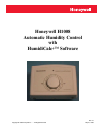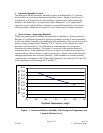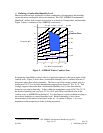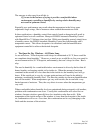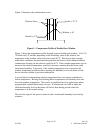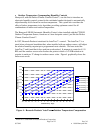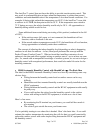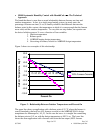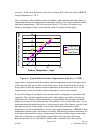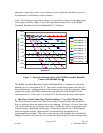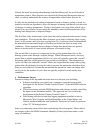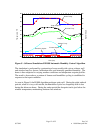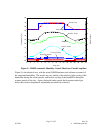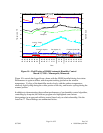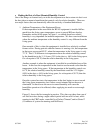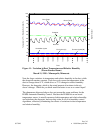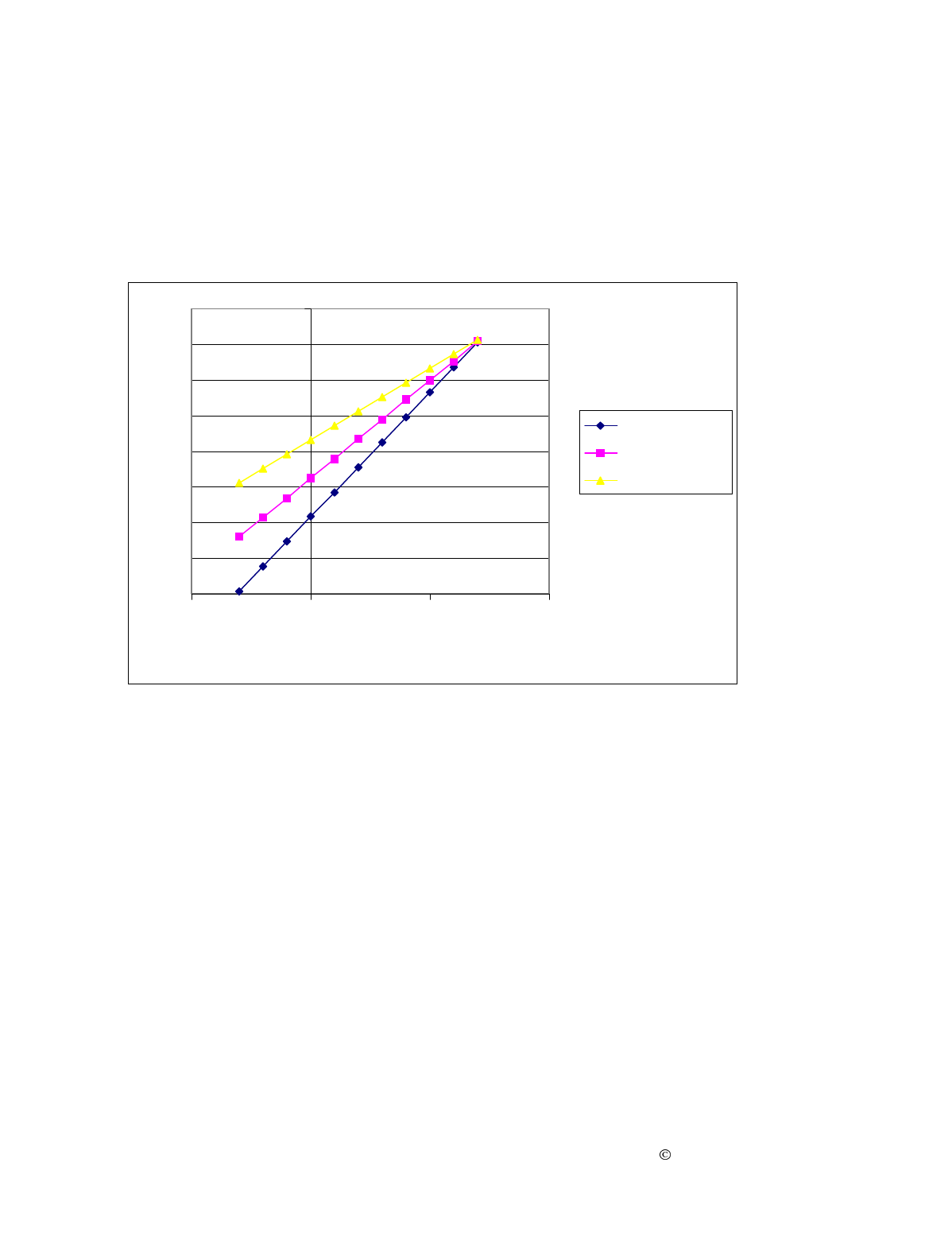
Rev 2.0
63-7048 1998 Honeywell Inc.
Page 9 of 22
oversize). In this case the furnace will only be running 50% of the time at the ASHRAE
design temperature of –16
F.
Next, we looked at the insulation values of windows, and found that naturally, there is a
relationship between the temperature of the inside surface of the window and the outdoor
and indoor temperatures. This was shown in Figure 2. Of course, all windows are
different, but Figure 6 shows some nominal values for typical window types.
Figure 6 – Typical Window Surface Temperatures (with T
indoor
= 72
F)
Again, what’s important about the window surface temperature is that is the upper limit
of the dewpoint that we can allow in the living space. If the dewpoint of the air in the
living space exceeds the window surface temperature, condensation will occur. If the
dewpoint stays below the window surface temperature, we have dry windows.
If you look at Figure 5 and Figure 6 you see that outdoor temperature is present in both
equations. We took these equations and, with a little algebra, were able to develop an
equation for the window surface temperature, or equivalently, the maximum allowable
dewpoint, in terms of the percent on time of the furnace. Now for the tricky part – if you
graph maximum allowable dewpoint vs. the percent on time of the furnace, you don’t end
up with just one line on the graph. You end up with literally thousands of lines,
depending on all the combinations of window type, indoor temperature, ASHRAE design
temperature, balance point, and furnace oversizing. But through computer simulation, we
were able to determine the range of values that we could reasonably expect to encounter.
Once this was known, we could design a control that could span this entire range.
Because the effect of all of the above variables add or subtract in the same way, by
0
10
20
30
40
50
60
70
80
-50 0 50 100
Outdoor Temperature - deg F
Window Surface Temperature - deg F
Sin
g
le Glaze
Double Glaze
Triple Glaze



